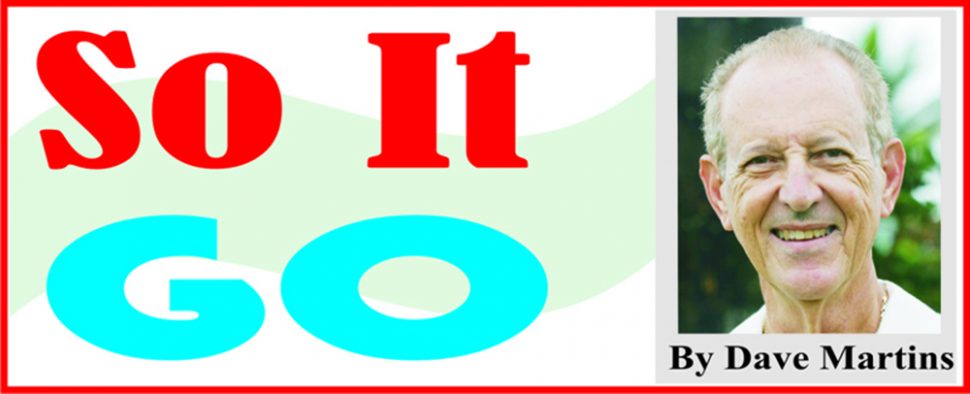Memory does not tell me exactly how many years back, but several decades ago I recorded a song, IS WE OWN, with Tradewinds, essentially highlighting aspects of Guyanese culture that constitute an integral part of our way of life, and the song has now become one of the Tradewinds standards frequently heard on radio and at various public functions. It is crucial to note here that the approach by various artistes of dipping into the voluminous and varied culture in the Caribbean generally is a time-honoured and repeated slant used by them going back to the time of the calypsonians Sir Lancelot, Lord Canary, Slingshot, Bill Rogers, etc., and, of course, over and over again by a wide range of painters and script writers across the region. It is also of passing interest to note that for the writers dipping into this cultural pool, there is immense personal satisfaction in seeing his/her selections from the mixture being so readily understood and, particularly, absorbed by the population at all levels, either resident here or, generally, abroad. I can attest to the power of this acceptance in everyday Caribbean life.
This week I am highlighting a project that my wife Annette is generating, on that IS WE OWN theme; one which has since been trademarked to prevent it being used by others in commercial ventures. For the past five years our IS WE OWN Facebook page has served to create awareness of the stunning hinterland communities, its peoples and their rich and remarkable cultures. This year, we will build on the commercial aspect of my intellectual property, which is now several decades old, with many examples from that output now having found a place in Guyana’s cultural fabric, expressed in the way we speak, in the constructions, like IS WE OWN, and other linguistic formations, which have become part and parcel of the range of the cultural fabric we employ daily in Guyanese life, at home and abroad.
Annette’s motivation now is to use the IS WE OWN brand on premium products from indigenous, vulnerable and marginalized communities that need assistance with marketing their craft and condiments. The intention is that both of us will play an integral role in the design aspect of the line of products which we did for several striking pieces in our own home, and we will utilise the traditional skills of the indigenous communities to ensure the products will have practical uses.
“For example,” said Annette, “we will have the intricate basketry and weaving of our indigenous artisans incorporated in functional pieces such as serviettes holders, planters and wastebaskets. We will also have a high quality line of outdoor clothing and accessories with a strong conservational and cultural theme and, for example, the art on our T-Shirts and caps will be done by our indigenous artistes.”
Most importantly a percentage of the sales of our products will go towards research and conservation efforts. Incorporating technology, such as drones into monitoring programmes of mangrove forested communities, where the data collected can be monetized, is certainly on the cards.
All of this is in conjunction with the general importance of Guyana now embarking on various restructuring and innovative measures in our overall economy to have these various arms of such development properly in place to add impetus to the general push of the new measures. As more becomes required of us in the marketplace, similarly more and more of our different inputs will need to be diligently fashioned in both content and style to function effectively with the overall model. Is We Own, indeed.






